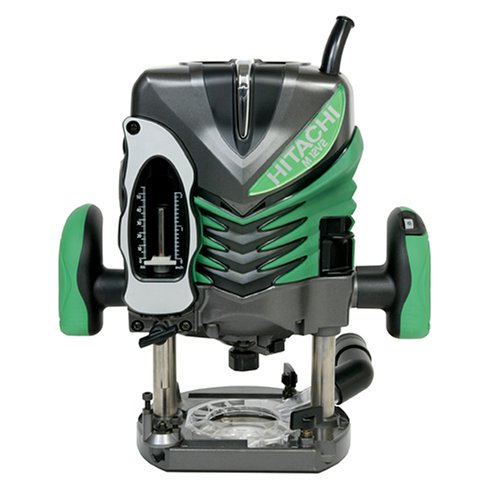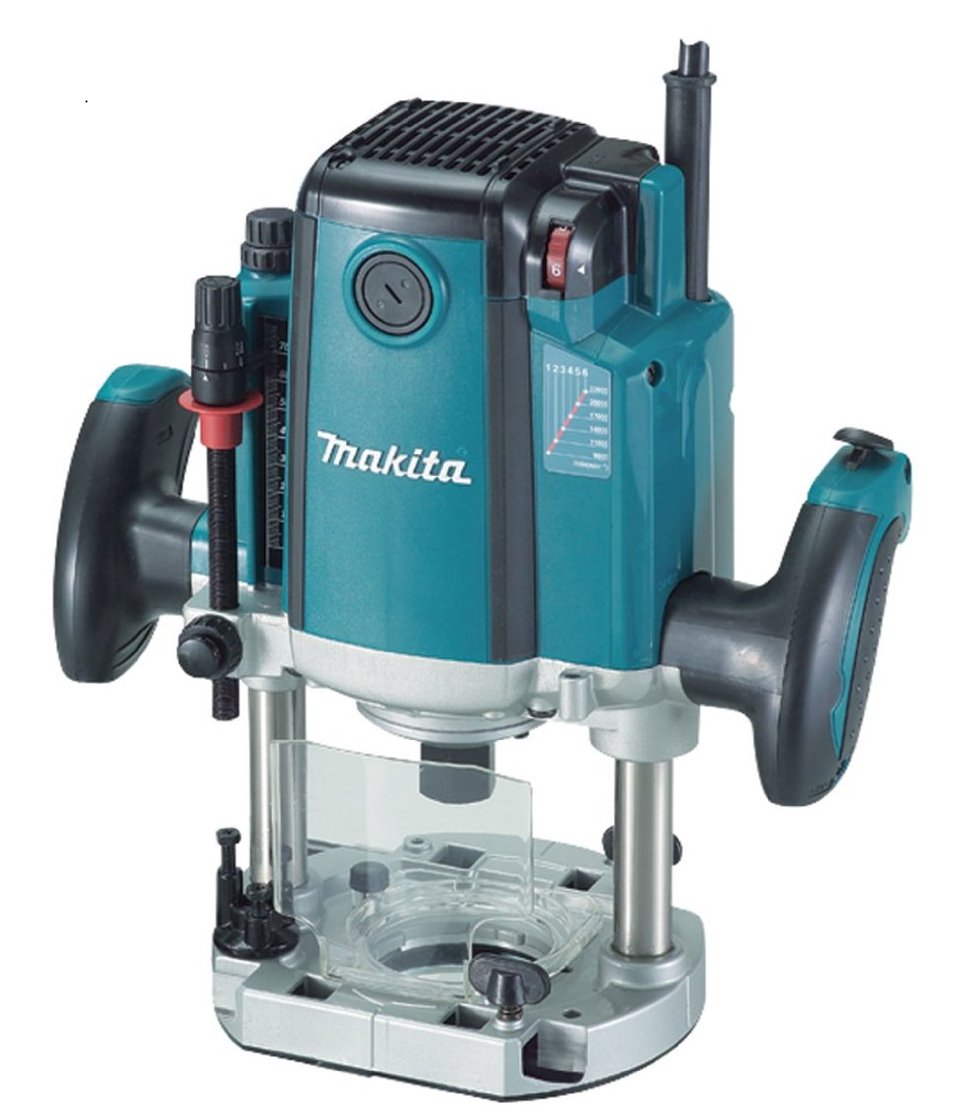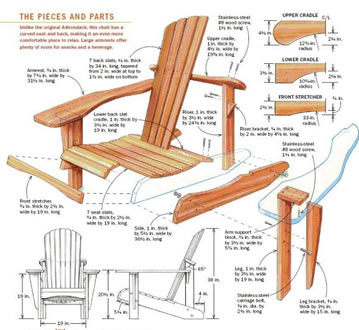Amongst the myriad of workshop accessories, the Plunge Router stands out as the tool that can accomplish almost anything, provided one is knowledgeable about its optimal utilization. Unfortunately, a vast majority of woodworkers are not acquainted with the ways to maximize the advantages of this uncomplicated yet versatile workshop tool.
Nonetheless, for those well-versed in its usage, it’s not just another conventional instrument in your workshop. Similar to a remote control, it simplifies the process of dealing with intricate cuts, rendering your work less arduous and, most importantly, safer – an aspiration for every woodworker. This article aims to provide you with a brief overview of the plunge router and how to capitalize on its multifarious applications.
What is a plunge router? Why do you need it?
A plunge router is simply a tool used to carry out projects related to woodworking. Just like a fixed router, a plunge router is used to achieve precise woodwork cuts. However, if we have to rank by performance, many woodworkers find a plunge router quite fascinating. It allows you to adjust the cut depth when the router is on making it quite convenient when trying to achieve precise plunging. Unlike a fixed router, it is also much flexible allowing you to do a lot of things different from what it was initially designed for.
Plunge Routers
Now that you know what to look for in a plunge router, here’s a quick comparison of three excellent plunge routers. You should be quite happy with any of these routers, but a look at what makes these differences will help you select the one you’ll enjoy the most.
Hitachi M12V2

You can get a good plunge base router that has all the most important features. The Hitachi M12V2 has a 3-1/4 horsepower motor, soft start, and variable speed. It’s somewhat ugly, and several of the online reviews mention problems with the collet nut and depth stop.
Makita RP2301FC

This plunge router has a big motor (3-1/4 HP), six speeds, and a soft start. It has additional features like a locking shaft that makes the removal and installation of bits easier. It also accepts ¼” and ½” collets, so your bit options are wide open. This router has all the bells and whistles. The only apparent downside is that the base plate doesn’t accept standard guide bushings, but you can buy special bushings or a base plate adapter.
Festool 574342 OF 1400 EQ Router

If your budget allows, consider Festool’s 574342 OF 1400 EQ. It has a smaller motor than the Hitachi and Makita, but Festool claims it outperforms all 2-1/4 horsepower routers, as well as many 3-1/4 horsepower models. Most of the reviews seem to support this claim. This router also has a built-in dust collection port that works with Festool’s dust collection system. You’ll need to shell out more money for that, but if you like this tool, you might end up owning several Festool products, and the dust collection will work with them all.
What is a plunge router used for?
1. Sign Making
Sign making on a piece of wood is one of the hardest tasks you will ever come across. Like it or not, precision is a must simply because you don’t want to deliver the wrong message. What you need to do is, sketch a letter or a logo of your choice on the workpiece. You can then route along the sketch lines. You can achieve this much easier with a plunge router than using your free hand.
2. Routing an interior pattern
As many woodworkers say, plunge routers can go anywhere, and that’s one of the reasons they make the best choice for routing internal patterns. Unlike the fixed router, you don’t have to tip your router into the cut risking to damage the workpiece. What you need to do is, find and use a collect extension that fits into the router collect.
3. Dowelling
With a plumber router, you can come up with a jig just like the one you get from mortising. The only difference here is, you don’t need to slot the acrylic top. What you need to do is, bore approximately 5/8-inch holes. You can then make more than one top ensuring that the spacing between them varies. Set it up just like when you are mortising. Plunge the holes to a depth you prefer and lastly, use the dowels and glue to assemble the joints
4. Making flutes, grooves, and dadoes
Making field cuts such as flutes, grooves, dadoes, or any other cut that is accuracy-demanding is quite tricky, especially when using a fixed base router only because they require you to tilt the router. There is a high chance that the fixed base will miss the track and damage the workpiece, and this is where a plunge router comes in. What you need to do is, use an edge guide or a clamp-on to ensure that your workpiece is tightly held in place.
5. Circle routing
One significant advantage of using this type of router is that it allows you to create perfect circles by doing less. On to the trammel arm that circles the fixed point, you can quickly cut out a perfect circle from your piece of wood. Here is what you need to do.
- Into the edge guide mounting holes of your router, insert the trammel’s rod, and then fasten it.
- Measure from the inside of the workpiece, find the correct radius, and then set it.
- Through the center of the scrap pivot block, drill approximately a ¼-inch hole and then attach the block to the bottom of the table.
- Into the drilled hole, insert the pivot pin of the jig and then plunge your router bit. Lastly, route your workpiece slowly.
6. Rout inlay recess
Just assign making, routing an inlay recess is tricky. It requires a stable hand only because messing up even a bit may force you to start over. A plunge router has templates having bits that are guided by bearings. This eliminates veering off the course making it easier for you to decorate or patch a flow. In short, a plunge router reduces the chances of making mistakes when routing an inlay recess.
7. Making a slotted keyhole
If you don’t want to use a wire or a hanger bracket to hand your things on your wall, you will find a slotted keyhole quite useful. Using a plunge router, you can make several sizes depending on what you are planning to hang. In fact, keyholes make a better choice for small projects or a few larger ones. Fortunately, making a keyhole isn’t a task like any other routing task mentioned above. What you need to do is, set a depth you prefer and then plunge into the back. You can then route out approximately 1-2 inches of the slot.
Additional Uses
- Vital for sophisticated jigs used in making complex joints
- Useful for template routing simply because it is trouble-free
- Makes mortising much easier than a fixed base router
- Helpful in making popular bits
- It makes it easier to mill stopped grooves and flutes.
Few things you can only achieve with a plunge router
One may argue that fixed-base can achieve almost everything a plunge router can do, there are a few exceptions. A plunge router can go where no other router can go. Routing chores such as mortising, inlay patterns, and stopped dados are best achieved using a plunge router. The unique base and the spring-loaded plunger mechanisms coupled with lock/release levers make this tool the only ideal router for these routing chores.
The plunge routers
There are some tools that a woodworker just can’t live without, and a good router is at the top of the list. No other portable power tool can cut mortises, tenons, biscuit slots, arcs, circles, and more as easy as the router. You don’t need a bunch of bells and whistles for most of these operations, but some wood routers come with helpful features that make them more suitable for certain types of work than others. For mortising and inlay work, you can’t beat a plunge router.
Routers come in two basic types: fixed-base and plunge-base. With a fixed-base router, you set the depth of cut and go to work. You can’t make adjustments to the depth when the router is on. To cut mortises and pockets, you have to turn the router on and tilt it into the work. That doesn’t always produce the best cuts, and that’s where a plunge router comes in handy.
A plunge router allows you to turn the router on and “plunge” the bit into the work. Most routers have a plunge lock that needs to be released to start the plunge. You can easily start cuts in just the right spot, which is exactly what you need when cutting pockets for inlays that must fit snugly. Template routing is also best done with a plunge router. Here’s how it works: Install a bushing in the router base plate and start the cut with the bushing pressed firmly against the template. Plunge into the stock and follow the contours of the template with the bushing. When you’re done routing, retract the bit.
What makes a good plunge router
Plunging Motion
When shopping for a plunge router, look for one with a smooth plunging motion. Cheap routers often get stuck in position at the top or bottom of the plunge and can be difficult to release. That can be frustrating in the best cases and can ruin your stock in the worst. You can easily damage a workpiece by trying to retract a sticky router base at the end of a cut.
Festool plunge routers are known for their superior quality and excellent plunging motion. You can’t go wrong with a Festool, but you’ll pay a premium. They start around $440. Bosch and Hitachi’s routers provide smooth motion with lower price tags.
Depth Stops |
Sturdy Housing |
|---|---|
| A good plunge router should have a secure depth stop that limits the depth of cut. Most depth stops are simply round rods that are locked into position with setscrews. The best kind of stop has either a flat face machined onto one side of the rod so the setscrew can make solid contact or housing that clamps around the rod.
A threaded rod is also a good option and prevents movement at the bottom of the plunge where the rod touches the base. Some routers also have adjustable depth stops that let you set multiple stop positions. There’s a dial at the base of the router that can be rotated to the appropriate location for each depth. This can be helpful when you need to make joinery for a lot of parts that aren’t all the same and you don’t want to have to keep switching the depth stop on your router. You’ll find good depth stops on just about any plunge router from Bosch, Dewalt, Festool, Hitachi, Makita, and Milwaukee. Although they’re not known for moving around during use, Porter Cable depth stops are usually just the round rod and setscrew type. | If you plan to use your router often, you’ll need something sturdy and well built. The more you handle a tool, the more likely you are to accidentally drop it or hit it with something that could damage it.
A few of the low-cost routers designed for hobbyists and homeowner use are made with cheap plastic housings that can easily crack or break. High-quality professional routers are made to withstand the wear and tear that occurs in a production environment, so they’ll take quite a bit more abuse. Professional woodworkers have relied on DeWalt and Porter Cable routers for decades, and there’s no reason to think this is going to change anytime soon. You’ll likely be satisfied with any router from one of these two manufacturers. |
Power |
Variable Speed |
|---|---|
| Plunge routers are available in a variety of horsepower ratings, so you need to choose one that can handle the type of work you do. For mortising and inlay work, just about any plunge router will suffice. You won’t use large bits for these operations, so even the smallest router should provide adequate power. Bits over 1” in diameter require bigger motors, so look for something above 3HP if you plan to cut big decorative profiles. | Large bits need to spin at slower speeds than small bits, and you should have the ability to use any bit size. This is where variable speed is useful. A router with variable speed can handle a ¼” diameter flush trimming bit as easily as a 2” diameter super rabbeting bit. All you have to do is adjust the speed accordingly. Fortunately, most (but not all) plunge routers now come with built-in variable speed control. |
Soft Start | |
|---|---|
| The last must-have feature in a plunge router is a soft start. When you turn on a router with a soft start, it slowly ramps up to full speed. This prevents the jerking motion that would occur with a router that instantly hits full speed when turned on. You’ll find this feature extremely helpful with large bits. |
The bottom line
As you can see, a plunge router means a lot more to a woodworker than any other regular woodwork tool. Whether you are working on massive projects that rely on your speed or complex workpieces that demand your accuracy, a plunge router will always do a perfect job. It works best for most jigs; it’s one of the vital tools for template routing, recommended for special bits, and more. It is also the best choice to achieve accurate routing when it comes to signing making, inlay grooving, and more. To cut to the chase, a plunge router makes everything easier. For real router table fanatics, you can’t do it much better without a plunge router.
